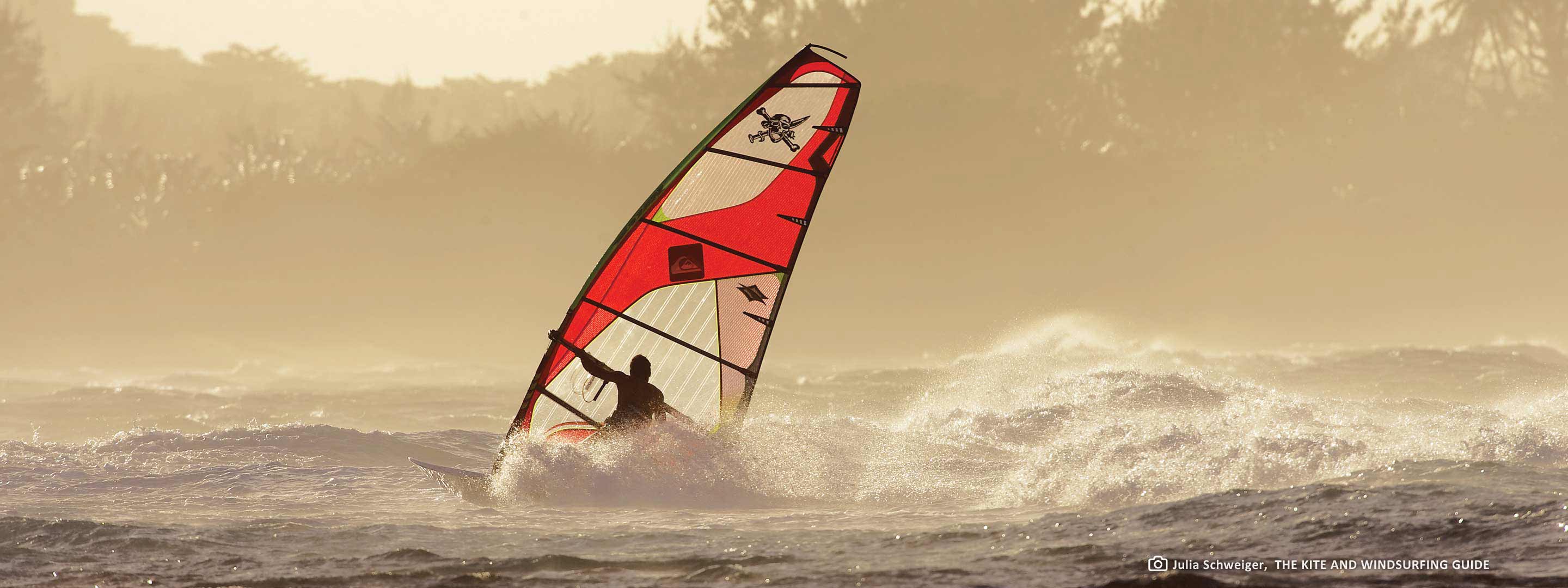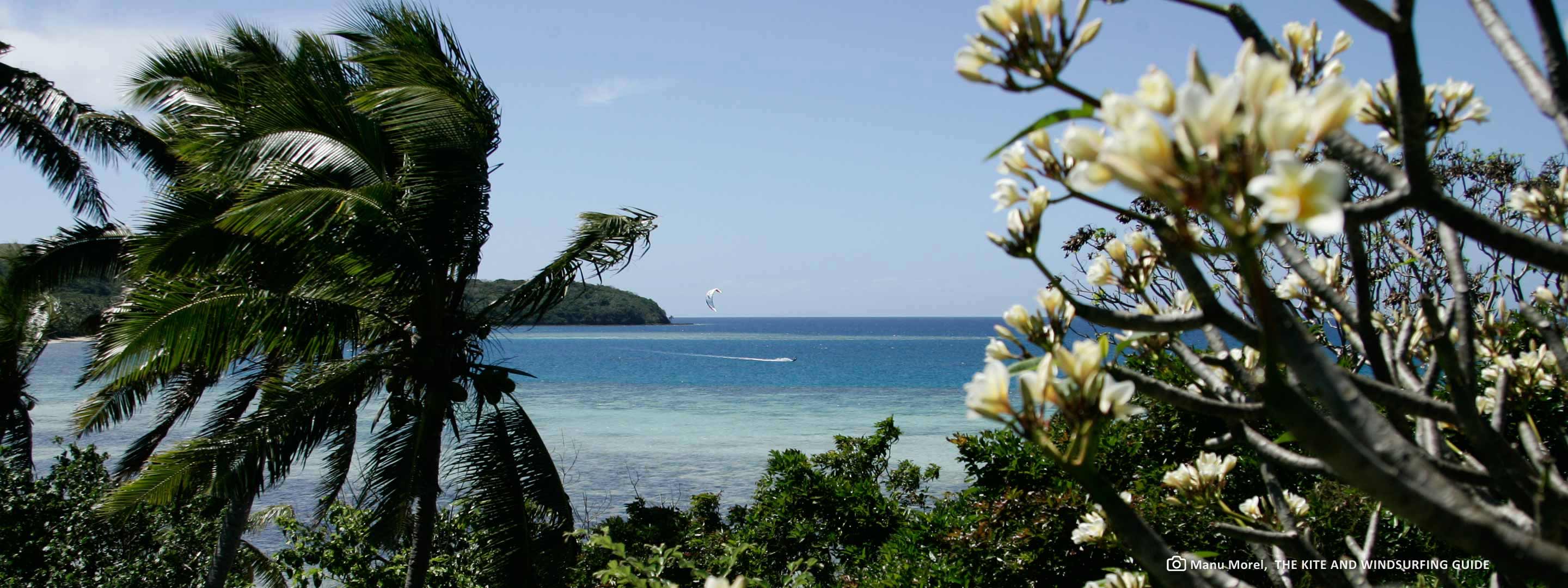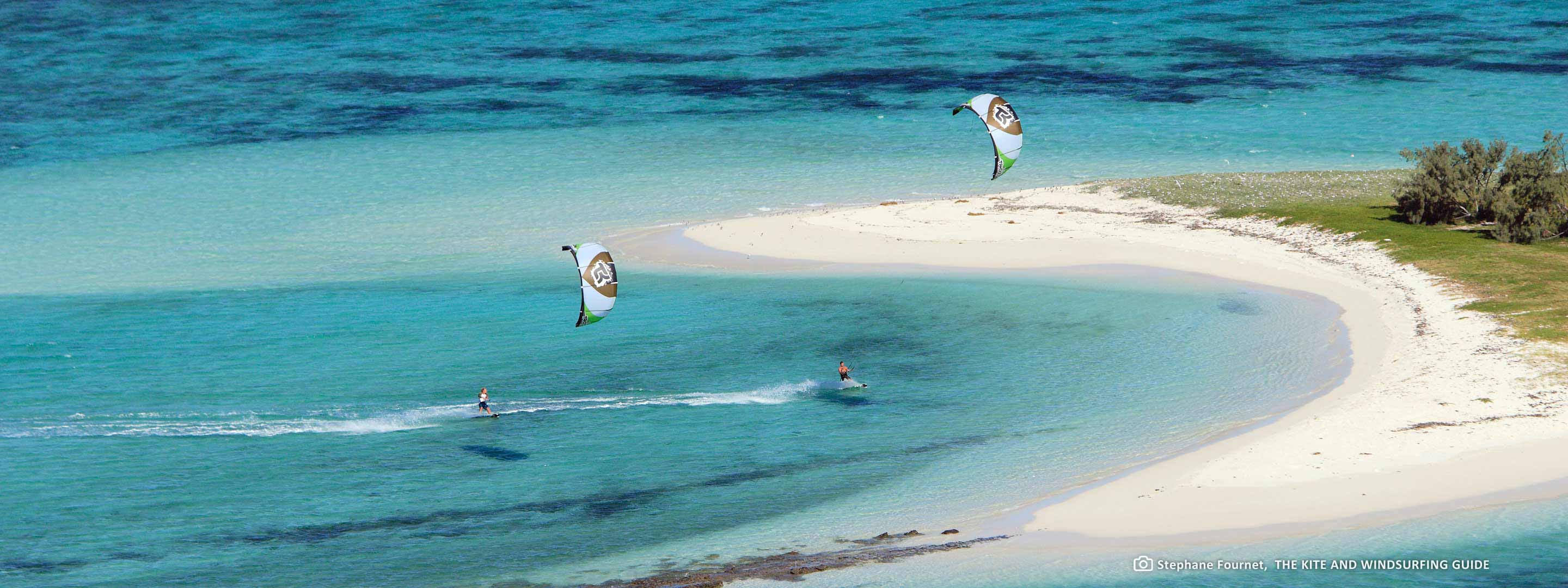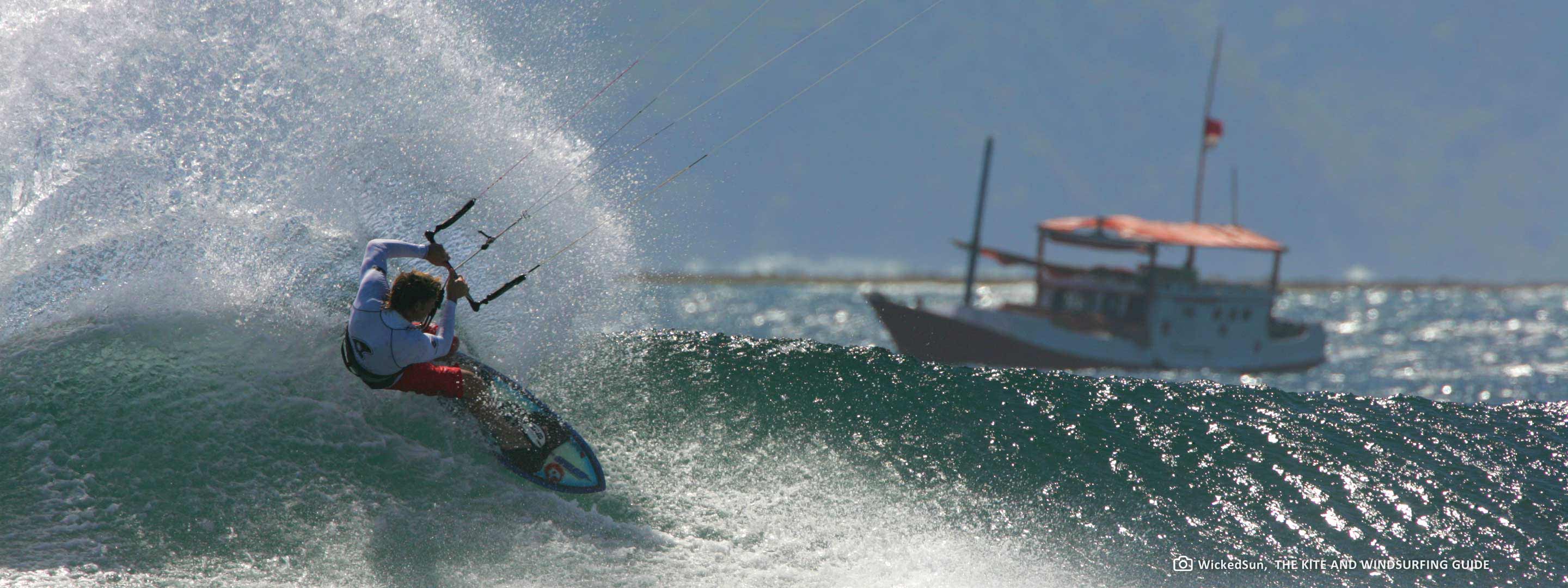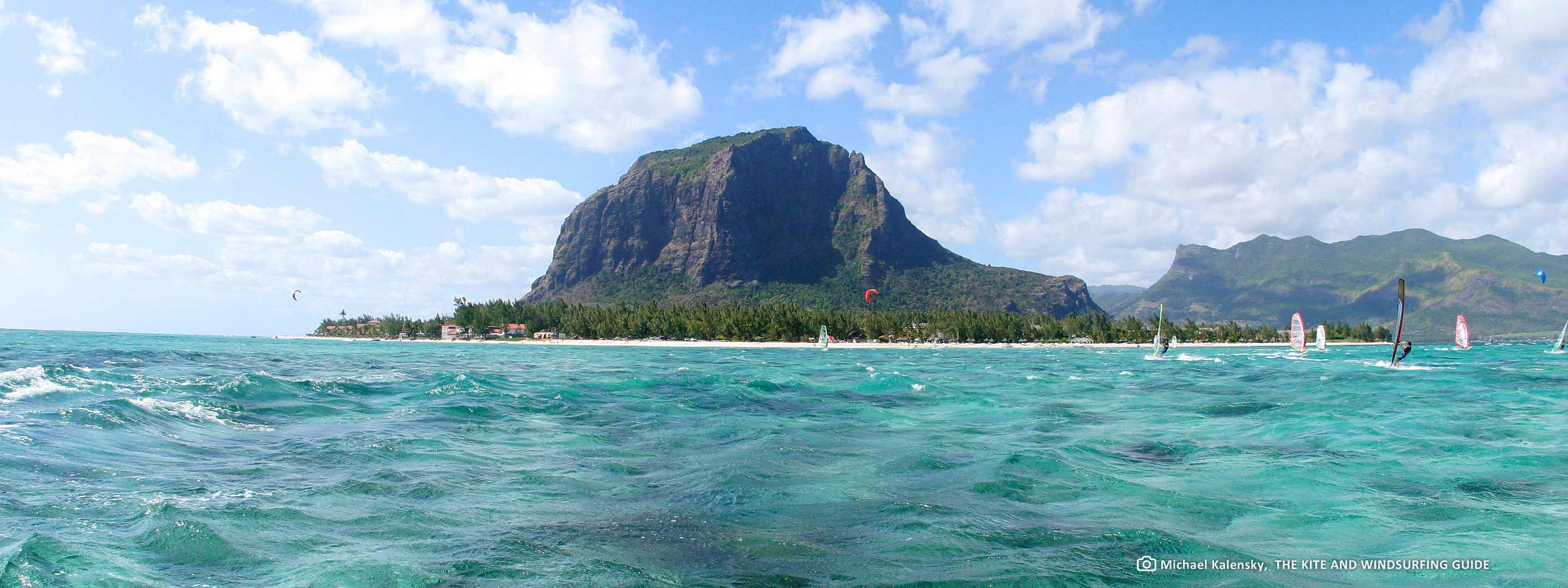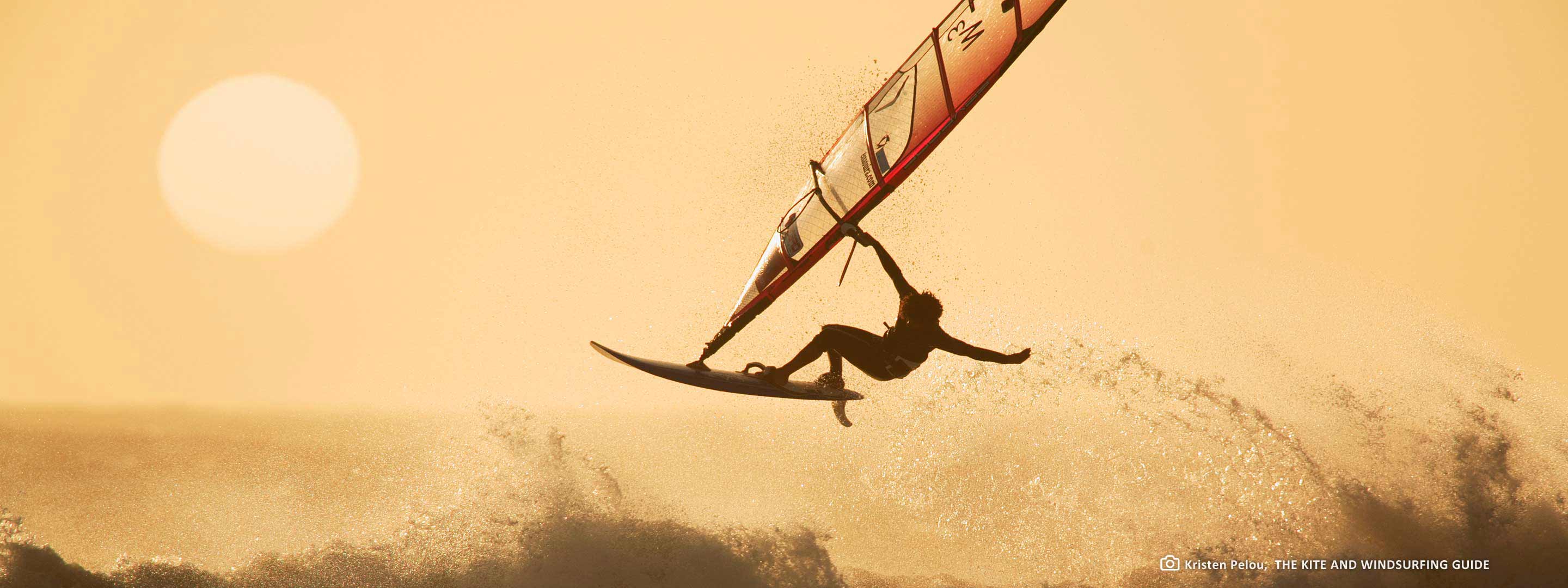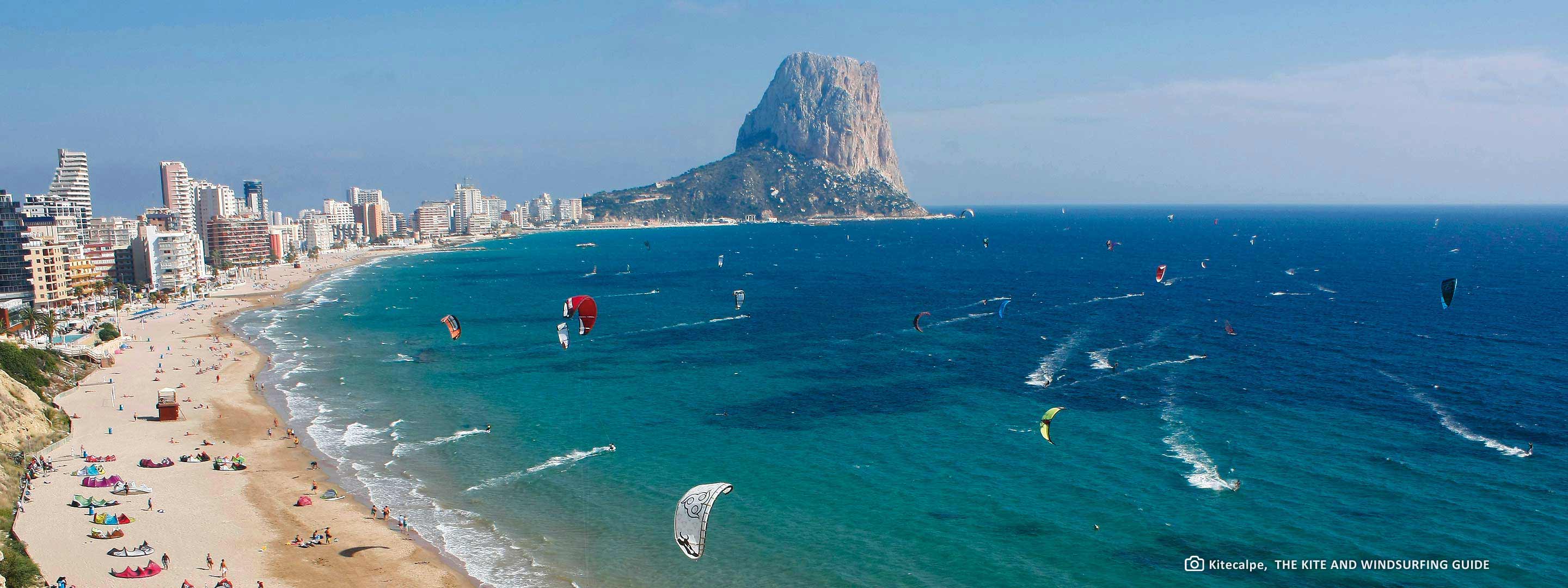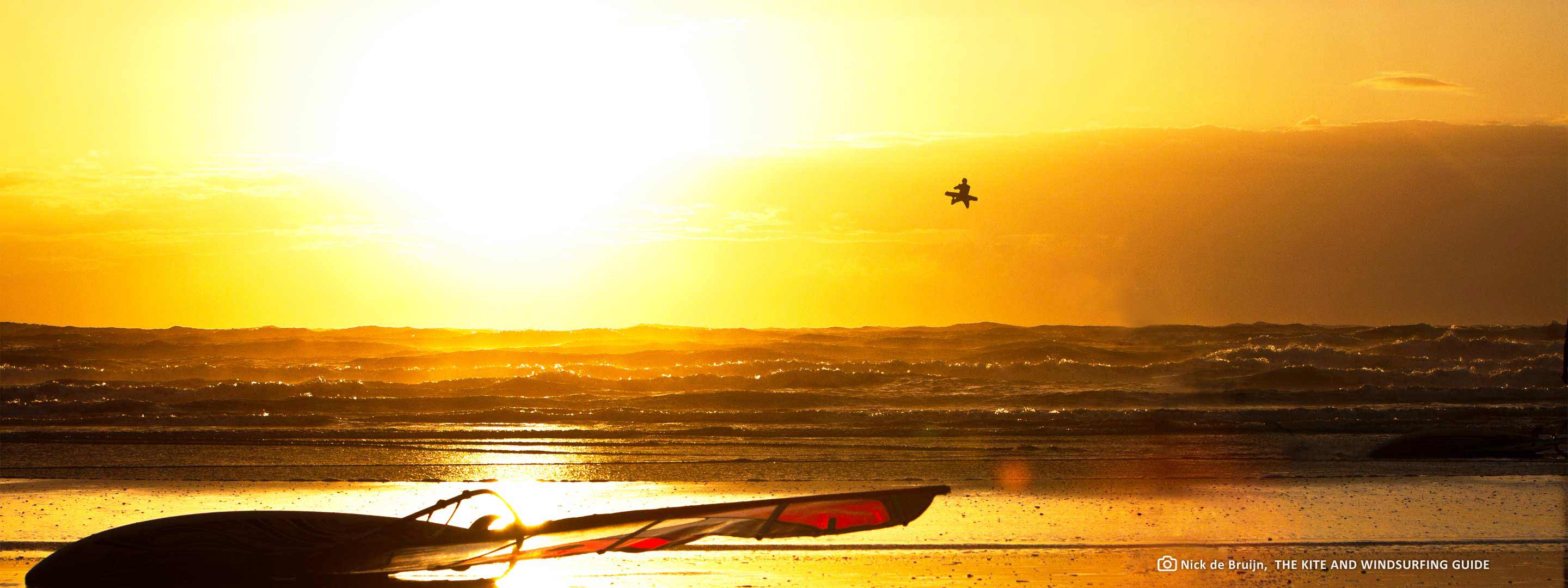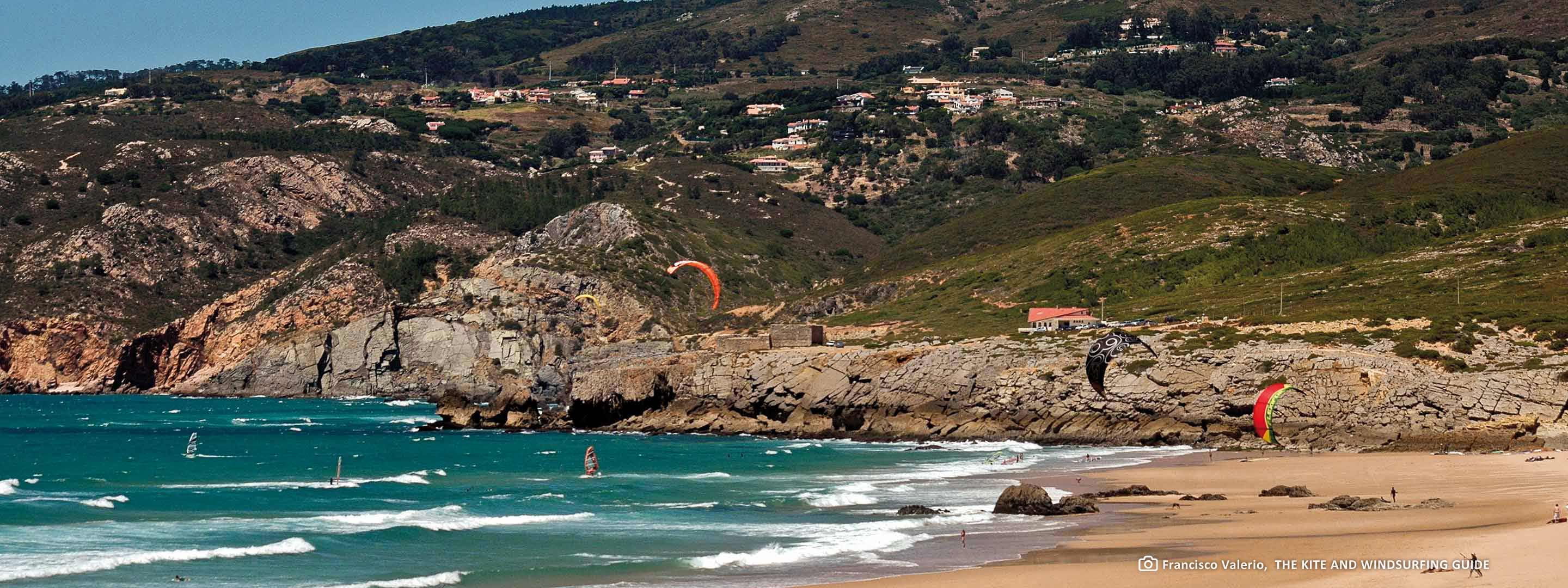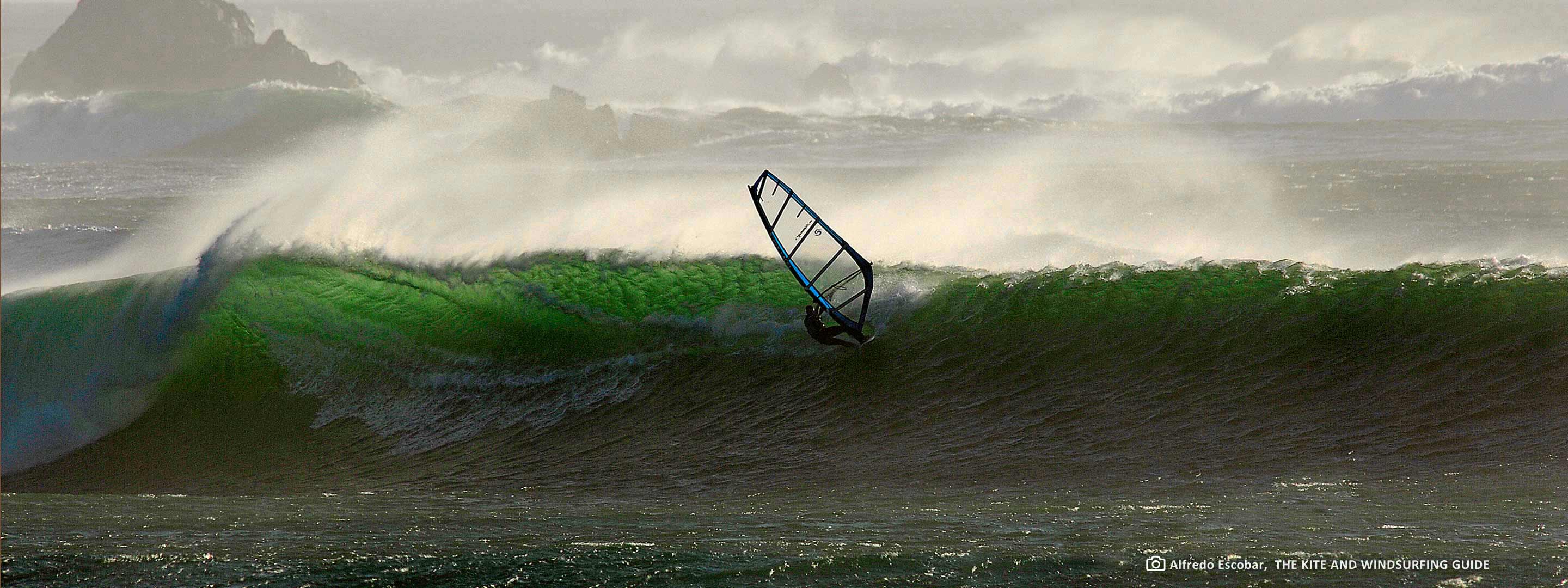Las Terrenas
Cibao & Dominican North Coast
Auszug aus dem KITE AND WINDSURFING GUIDE:
In front of the main town beach, the crescent-shaped Cabarete Bay is protected by roughly 800m of reef offshore. Ideal for beginners in the morning, it’s relaxed freeride by lunchtime once the local thermal’s boosted the trades to Force 4-6. The windsurf zone is upwind, kiters launch downwind at Bozo Beach. Building cross-onshore wind from the right can turn the little shorebreak into an interesting beach-break. But the real break awaits offshore on Cabarete Reef. Conditions are usually moderate: 2-3m waves with cross-onshore wind, so not too steep. At the western end of Cabarete Bay, Kite Beach offers very similar conditions – except the beach, freeride area and waves on the reef are all a touch smaller. The secret of Cabarete’s success is that you can comfortably circulate between your room, the beach, and the restaurants on a fortnight’s holiday. But there are good reasons to leave this synthetic world – like the 7km downwinder to Encuentro (though you can take a moto-concho). The clean reef-break is the area’s favourite waveriding venue, so take it easy! El Canal is technically very similar to Encuentro, although the wind’s just a little more cross-shore. Unfortunately it’s a 20-minute walk to the private beach between Perla Marina and the Sea Horse Ranch, so very few sail here. East of Cabarete towards Islabon, opposite the police station is the quick, hollow beach-break of La Policia. It’s fun for kiting, but not always suitable for windsurfing in cross-onshore wind. La Boca estuary offers mirror-flat water before a lush green backdrop. As long as it’s not too busy, there’s enough space for kiting. And there’s a downwinder back to town – just be careful of the dry reef upwind of Cabarete Bay, and look for the channel downwind! With a hire car you can totally escape Cabarete’s gravity. Head east towards the idyllic Peninsula de Samaná with its white sandy beaches, palm groves and mango forests. About half-way, Playa Grande & Playa Preciosa are both considered the country’s best surf-spots, but they only work in solid N swell (winter). The wind’s rarely strong enough and it’s very holey near the beach, so difficult for kiting. But when it works there’s a hollow beach-break in Playa Grande, while La Preciosa beyond the rocky point offers a quality reef-break. About 3 hours from Cabarete, Las Terrenas is where the Legaignoux brothers developed the first inflatable kites. The paradisiacal crystal-clear lagoon is mainly waist-deep but shallower in parts with generally lighter winds (10-20 knots), so it’s not ideal for windsurfing. West out of Cabarete, Hispaniola reveals a completely different face as beyond Puerto Plata the island’s drier and sparser. Expect a 3-4 hour drive to Buenhombre where the wind starts later in the afternoon but soon builds to 30 knots. The launch is on a sandy beach 500m downwind of a small fishing village at the foot of the hills. Be careful, it’s very shallow – windsurfers launch from a beach beyond the hill.
